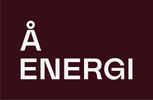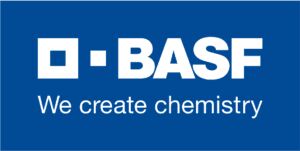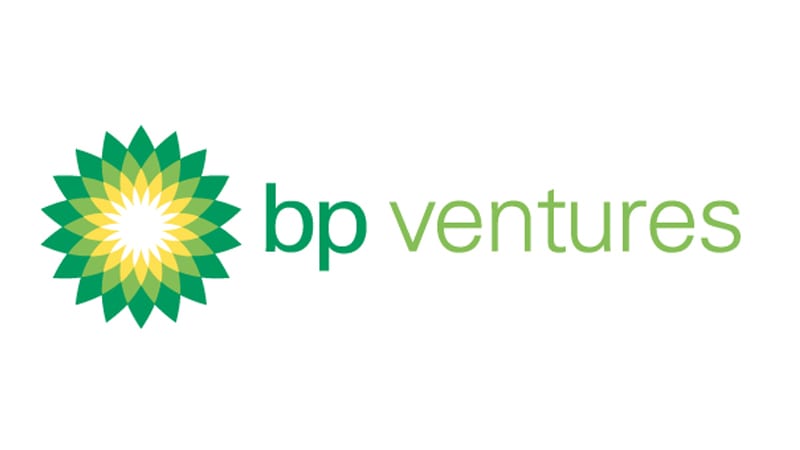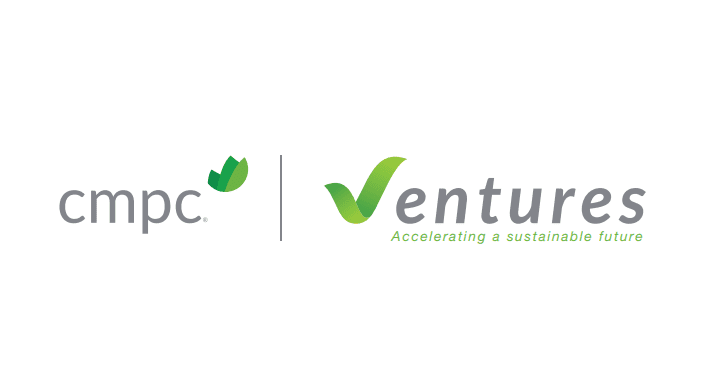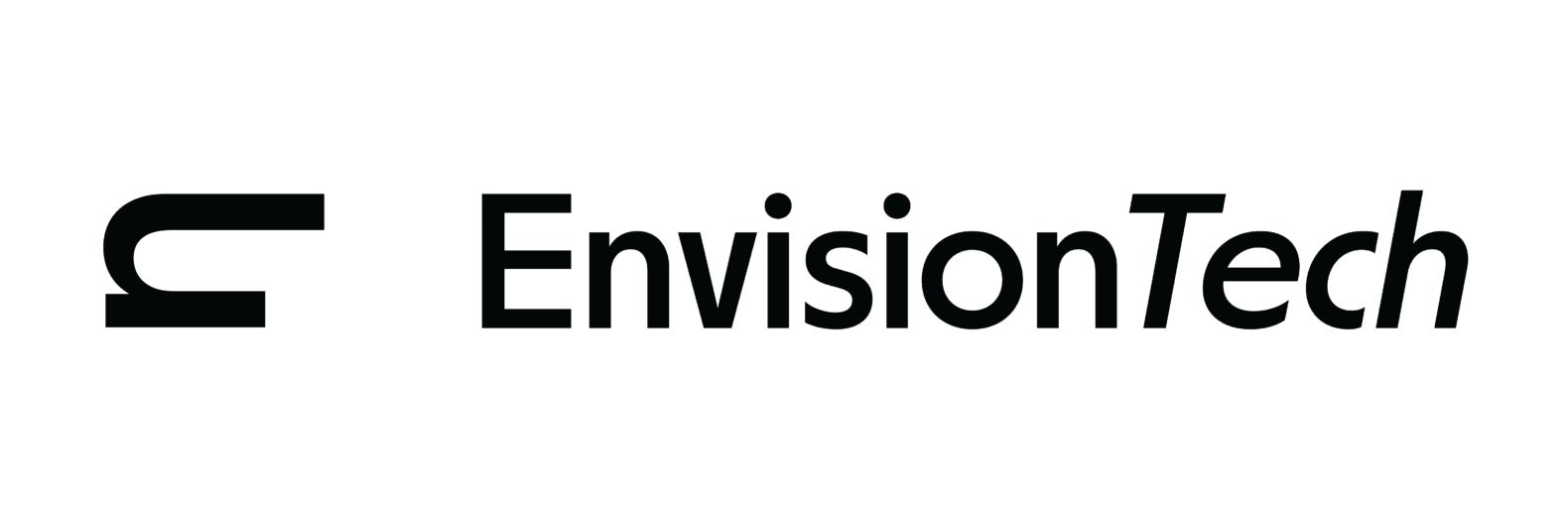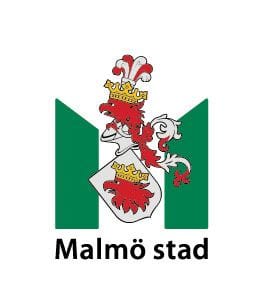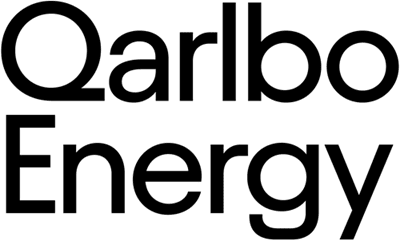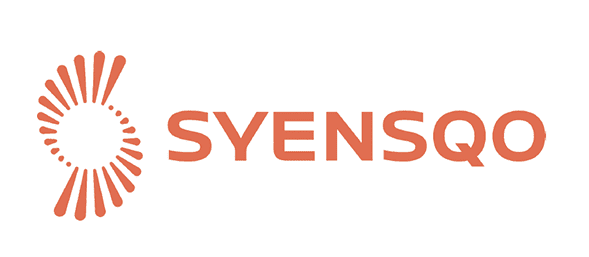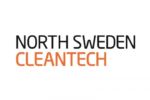What is a cleantech innovation?
The term “cleantech” has developed through an extensive use and as it encompasses many different types of technologies, cleantech can currently be defined in various ways and be broken down into many different technology sets.
Cleantech Scandinavia sticks to the definition and scope of cleantech as an investment category, consisting of products, services and processes designed to:
- Improve the productive and responsible use of natural resources
- Greatly reduce or eliminate negative ecological impact, and…
- Provide superior performance at a lower cost compared to existing solutions
As it encompasses many different types of technologies, cleantech as an investment category has typically been divided into 11 sectors, for which non-exclusive examples of technologies are provided here:
- Energy Generation: wind, solar, hydro/marine, geothermal, biofuels
- Energy Storage: advanced batteries, hybrid systems
- Energy Infrastructure: management, transmission
- Energy Efficiency: lighting, buildings, glass, fuel cells
- Transportation and Logistics: vehicles, logistics, structures, fuels
- Water and Wastewater: conservation, purification, treatment
- Air and Environment: emissions monitoring and offset, trading
- Advanced Materials: nano, bio, green chemicals
- Manufacturing and Industrial: advanced packaging, smart production
- Agriculture: natural pesticides, land management, aquaculture
- Recycling and Waste: recycling, waste treatment and recovery
This classification, although not perfect, enables comparisons over time, between regions and countries, as well as facilitates understanding by investors of what is to be understood under the term ‘cleantech’ and its various sub-categories.

